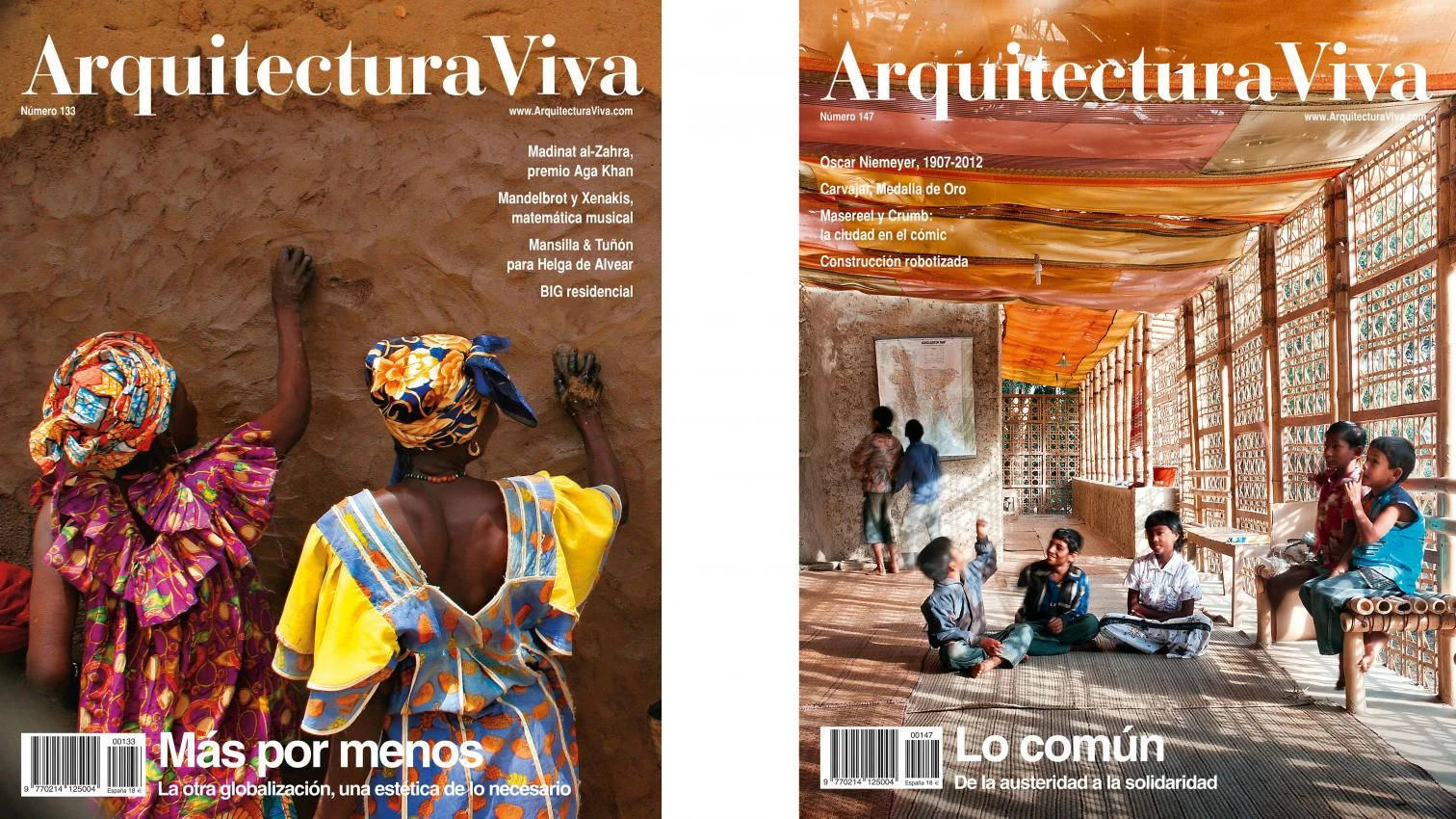Necessary Builders

‘Not the old, not the new, but the necessary.’ Tatlin’s quote gave the cue for the third congress of the Fundación Arquitectura y Sociedad, held in Pamplona in June 2014. Like the two previous conferences, celebrated in 2010 and 2012, the event gathered prestigious and emergent architects from several continents around a social motto; and as in the first two editions, Arquitectura Viva – which participated actively in the organization and edited the book that serves as a testimony of the discussions that took place there – now rounds off the endeavor with an issue that intends to expand the contents of the Baluarte meeting. And if in the first two events the mottoes ‘More for less’ and ‘The Common’ explored the call for austerity stirred by the crisis and the indispensable solidarity demanded by the new economic and social context, this time the congress focussed its sessions on the stimulating but ambiguous notion of necessity.
What do we talk about when we talk about necessary architecture? The term evokes a blurred group of essential architectures, minimal works and emergency structures characterized by the modest resources used, the elemental sustainability of their materials and techniques, and the social urgency of the needs they address. This is the spirit that guides the choice of works featured in this issue, the same one that inspires the article of Juhani Pallasmaa on three ‘necessary builders’ – two of whom, Francis Kéré and Anna Heringer, participated in the two previous congresses and appear on the respective covers of Arquitectura Viva –, and also the attitude that figures like Anupama Kundoo and Peter Rich represented in the third congress: a spirit that is not too different from the one that articulated the recent Madrid exhibition ‘The Architect is Present,’ in which several of the aforementioned participated with lectures and workshops.
However, in contexts less precarious than those of Latin America, Africa or Asia covered here, the concept of necessary architecture must be extended to include large buildings, with high budgets and high visibility, because many of them are as essential as the infrastructures that shape the territory and transform the urban landscapes. This is why masters like Álvaro Siza or the Irish team Grafton Architects were in Pamplona, and also the reason for including here the presentation of the Italian critic Fulvio Irace, who evoked Ruskin to formulate ‘the seven lamps of the necessary,’ which go beyond basic material demands to remind us of the need for beauty, quality, devotion, desire, truth, vision and memory. When we call for necessary architecture, we oppose it to works and projects that are indeed disproportionate or excessive; but architecture must also be described as necessary because it can never be understood as a dispensable, superfluous luxury.





